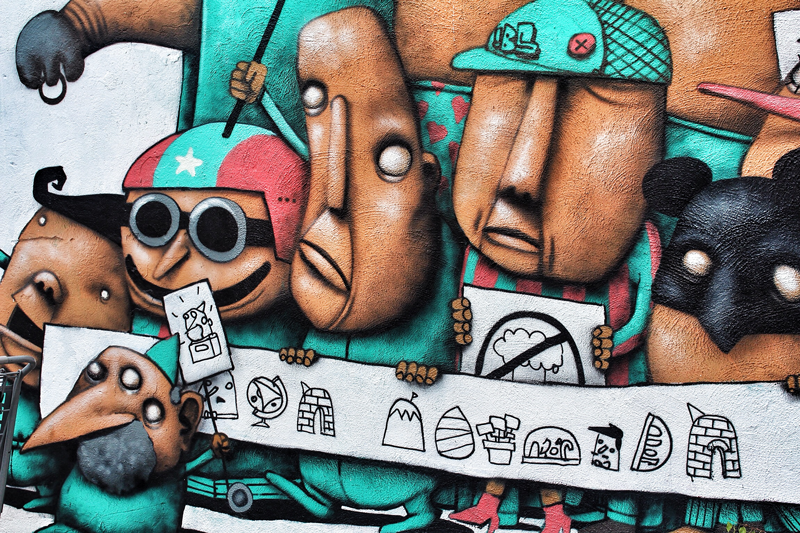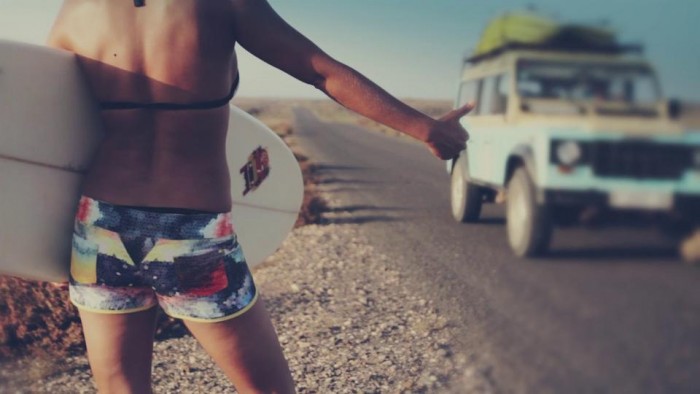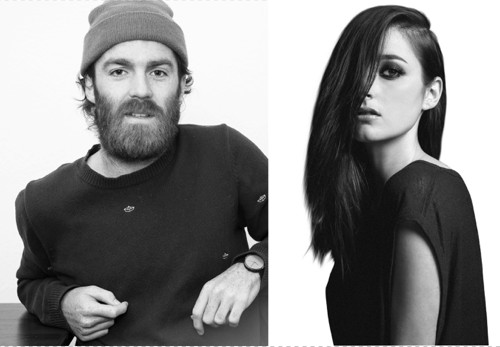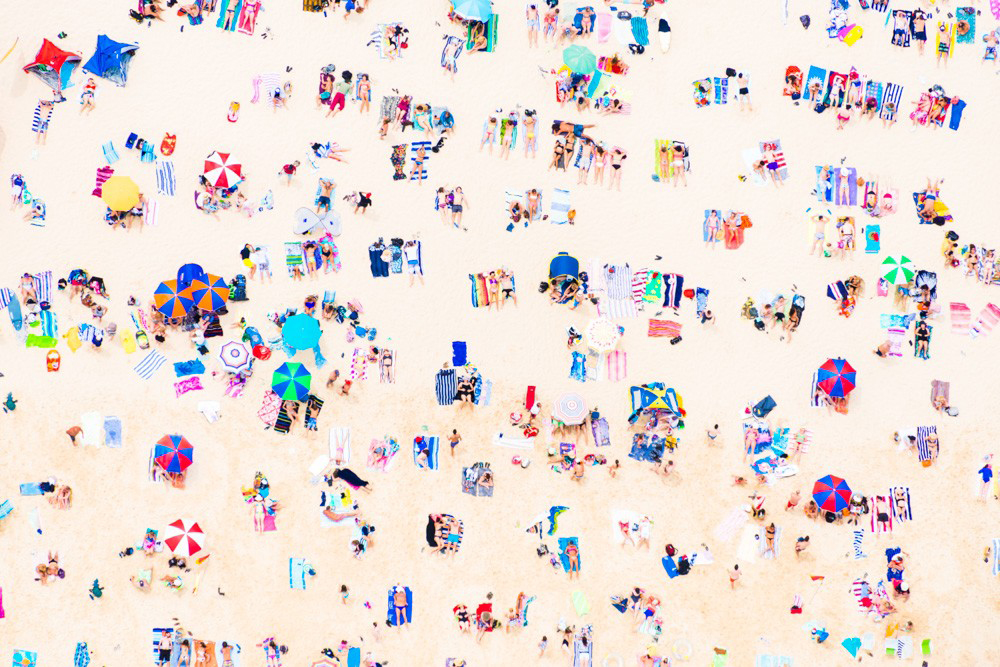
It’s if adventure photographer Gray Malin is offering you a glass of champagne. His trademark images say, “Have a seat, relax, have another drink, no day can possibly be that bad. Debts, bills, traffic, screaming children, early morning construction…leave it all behind. You deserve a vacation.” In reality, of course, you’re still waiting for those precious days off to accrue. So you take a long, deep breath, focus in on your happy place—and pull out your credit card.
Malin’s fine art series A La Plage captures aerial photos of the globe’s most beloved coastlines, organically decorated with the variegated patterns of distant denizens below. These customizable prints of “communal happy places” are sold en mass on his e-commerce site, along with everything from Gray Malin surfboards to Gray Malin cell phone covers. This year alone, he and his team have formed collaborations that stand to shape Gray Malin for the masses. “Pretty much the entire year of 2015 thus far has been pretty game changing,” the photographer explains. “I’ve partnered with Le Meridien in the Follow Me art installation series, launched the Gray Malin X Sperry shoe collection, and accomplished Gray Malin at the Parker, which has been a photo series that I’ve been dreaming about since first visiting the hotel in 2007.”
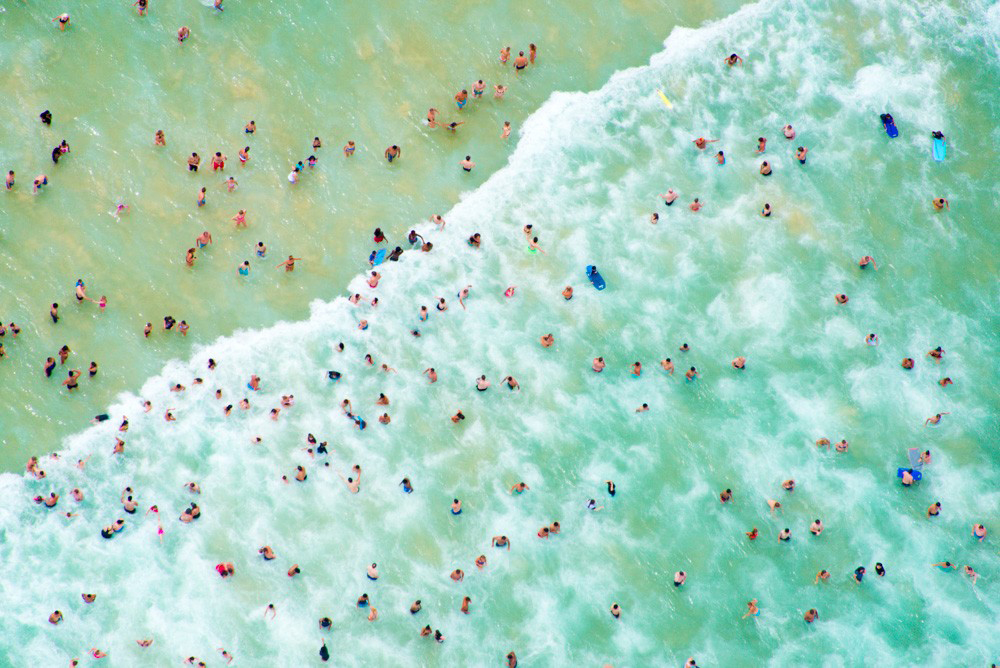
The Gray Malin brand is the opposite of niche: it is universally chill. Neither conceptual nor overly heady, devoid of both concussing abstractions and heavy themes, Malin’s signature is to simply capture dreamy images of the places you want to be. His personal and professional aesthetics were featured on The Today Show, which seemingly confirmed his U.S. market—though, as it turns out, he had already begun to go global. “We have a very strong female following within major metropolitan cities in the United States, Europe and Australia. Overall, though, I think both men and women really respond to the fantasy of the getaway in my work…the brand is definitely an inclusive one,” says Malin. “Everyone is welcome to join and share in the moment! I truly believe ‘the beach’ is completely universal in its positive effect on people. It is the global, communal happy place. Whether you’re in Santa Monica, Cape Town, or Dubai, a day at the beach is a day well spent.”

For most of us, luxury vacations are either infrequent or too short–or relegated altogether to the realm of pipe dreams. So it’s no wonder that our preferred modes of escapism have taken on more accessible forms. E-commerce and social media platforms, together with the global tourism industry, have created a market wherein anyone with a debit card or line of credit can design and purchase their ‘dream getaway’—no passport required. Even if your purchasing power is limited to ordering a single Moroccan blanket (you know, the one you would have hypothetically smuggled home from that hypothetical Moroccan getaway), you still have a hand in the demand. And it makes sense: given the fact that most of us have already used up all our sick days, a few hours spent day dreaming and inspiration-boarding are the surest ways through which we can participate in this beloved vacation culture.
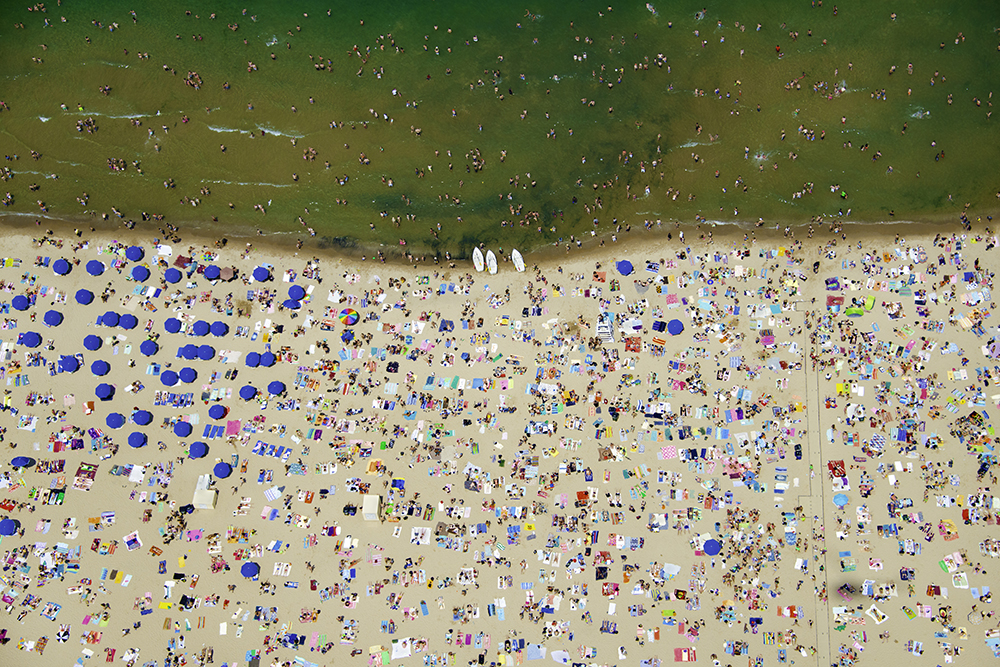
Malin reflects on having cut out the middleman in his ascent to broad distribution. “Beginning at the Fairfax Market and then moving into the digital space with my e-commerce site, I did not follow the traditional art gallery path; so to me, I have been prepping for the commercial growth and expansion into product merchandise since the beginning.” Which has us asking our piña colada-less house pets the question, “wait, can you call it ‘fine art’ if it’s never been hung in a gallery?” The short answer is yes. Malin explains, “Each body of [my] work begins and ends with the final destination in mind: one’s walls. I am very passionate about interior design. I love the idea of designing around a piece of artwork rather than adding it in as an afterthought or accessory.” Whether or not interior design is your thing, the aforementioned declaration clarifies that Gray Malin’s fine art photography is not meant for gallery walls, it is meant for your walls. And by skipping the middleman, he’s managed to include just about everyone else.

Malin’s approach proves that regular consumers don’t need gallery curators to tell them which images are worth celebrating—or, for that matter, worth buying. Inclusive, accessible artwork and its placement in our most intimate habitats illustrates a shift away from the exclusive experience of art as defined by traditional access, which often still sells its applause by the leaf. Selling thousands of units to homes and hotels around the world is undeniably further reaching than what any gallery has to offer in a comparable amount of time. Have we not agreed that art is meant to be shared…and not only that, but also “liked” and reposted? More and more, artists are taking exposure into their own hands, rather than waiting on traditional fine art forums for recognition. After all, myopically judging artwork based on the manner in which it came to be on display is as subjective as arguing over the “goodness” of the art itself.
Gray Malin’s cosmopolitan distribution of happiness and beauty is endearing and light-hearted. Tough to argue with that—especially since his work isn’t purporting to be anything other than what it literally is: joyful imagery of idyllic beach days and pool parties with the people we love. As Californians, we can all get behind that.


